Tokyo Tech Bulletin is an email newsletter introducing Tokyo Tech's research, education, and students' activities. The latest edition, "Tokyo Tech Bulletin No. 66", has been published.
To get the most recent news directly to your inbox, subscribe to Tokyo Tech Bulletin outer now.
SPECIAL TOPICS
Yoshihiro Tonegawa - From soap films to black holes - Exploring the mathematics of minimal surfaces
FACES: Tokyo Tech Researchers, Issue 42

Using mean curvature flow to solve the conundrum of time evolution of curved surfaces. Professor Yoshihiro Tonegawa of the Department of Mathematics, School of Science is a leading researcher on mean curvature flow, applying its concepts to explore the mathematics field known as geometric measure theory.
Enhance your English proficiency to become global scientists and engineers -Get started early and keep going

Tokyo Tech is focused on enhancing students' English proficiency and communication skills in addition to their expertise in science and engineering. It is important to start as soon as possible and keep going. Tokyo Tech provides a rich palette of options that allows you to combine classes, self-study, exams, and study abroad, all according to your level.
Creating artificial cells and molecular robots using DNA - Exploring the boundary between matter and life

Where is the boundary between matter and life? Professor Masahiro Takinoue (Department of Computer Science, School of Computing) is working to solve this mystery from the perspectives of both physics and life sciences. He is engaged in research using artificially synthesized DNA to create artificial cells and molecular robots that function autonomously.
Research
Novel Method for Early Disease Detection Using DNA Droplets
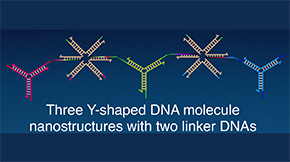
Droplet systems such as DNA droplets, which are formed by liquid-liquid phase separation of macromolecules, play an essential role in cellular functions. Now, by combining the technologies of DNA droplets and DNA computing, computational DNA droplets have been developed by scientists at Tokyo Tech, which can recognize specific patterns in tumor biomarker microRNA sequences.
Electricity and Data Over-the-Air: The Simultaneous Transmission of 5G and Power
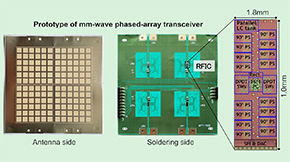
The potential of Millimeter-wave Wireless Power Transfer as a solution for Massive Internet of Things has finally been harnessed by researchers from Tokyo Tech, who have created a device for simultaneous transmission of power and 5G signal. This transceiver for 5G network signal is fully wirelessly powered and has high power conversion efficiency at large distances and angles.
Real-time Imaging of Dynamic Atom-atom Interactions
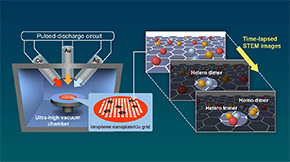
In a breakthrough, Tokyo Tech researchers have managed to observe and characterize dynamic assembly of metallic atoms using an ingenious combination of scanning transmission electron microscopy and a video-based tracking. By visualizing short-lived molecules, such as metallic dimers and trimers, that cannot be observed using traditional methods, the researchers open up the possibility of observing more such dynamic structures predicted by simulations.
Dopamine Regulates Insulin Secretion Through a Complex of Receptors, Finds New Study

In a leap forward for diabetes research, Tokyo Tech researchers reveal that the feel-good hormone, dopamine, regulates insulin secretion through a heteromeric complex of receptors, thereby providing new targets for antidiabetic medication and therapy. The study is the first to elucidate the mechanism behind dopamine's down-regulation of insulin secretion.
Efficient Satellite Downlink with a Ka Band Dual Circular Polarization Transmitter
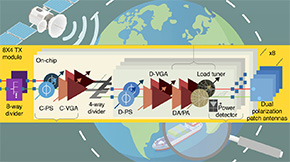
A new low-loss transmitter allows higher precision low-orbit satellite earth monitoring, according to a study by Tokyo Tech researchers. The novel transmitter works in the Ka band of the microwave frequency spectrum, where no efficient transmission has been possible so far. By using circularly polarized signal, and an innovative internal calibration scheme, efficient transmission with low signal noise and wide-angle scanning is demonstrated.
Scientists discover potential key missing link protein bridging eukaryotes and prokaryotes
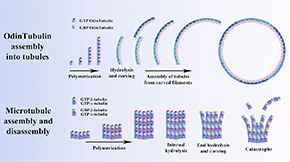
Modern eukaryotic cells have proteins that enable chromosome segregation during cell division, new discoveries shed light on their origin in simpler prokaryotic organisms.
In the spotlight
. Any information published on this site will be valid in relation to Science Tokyo.











